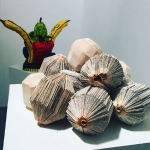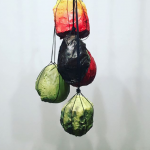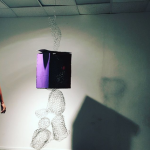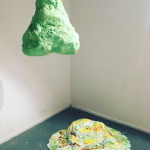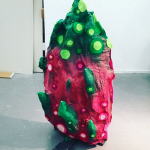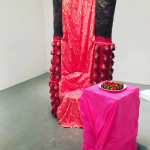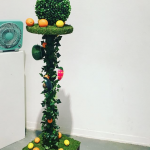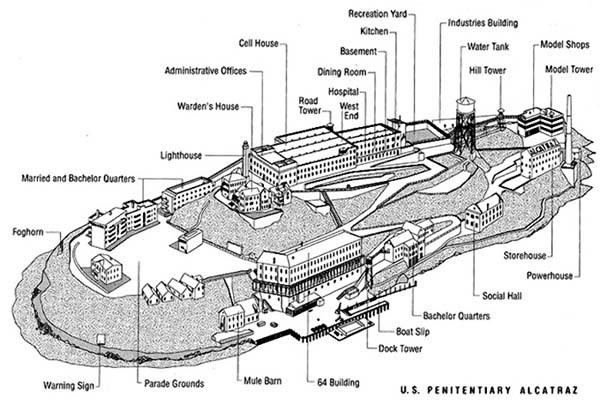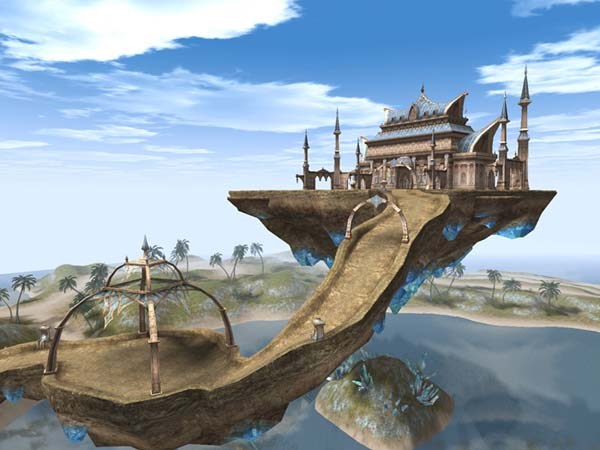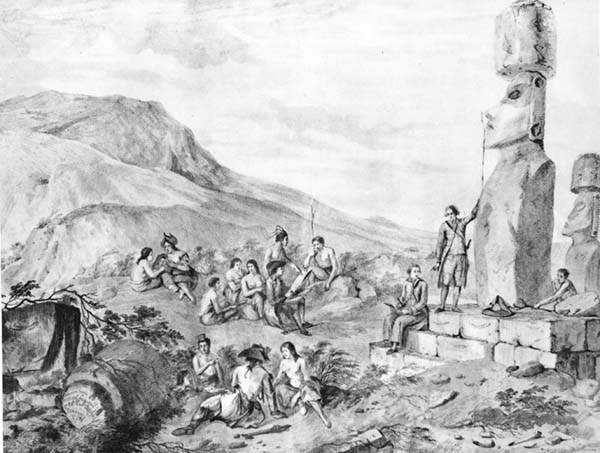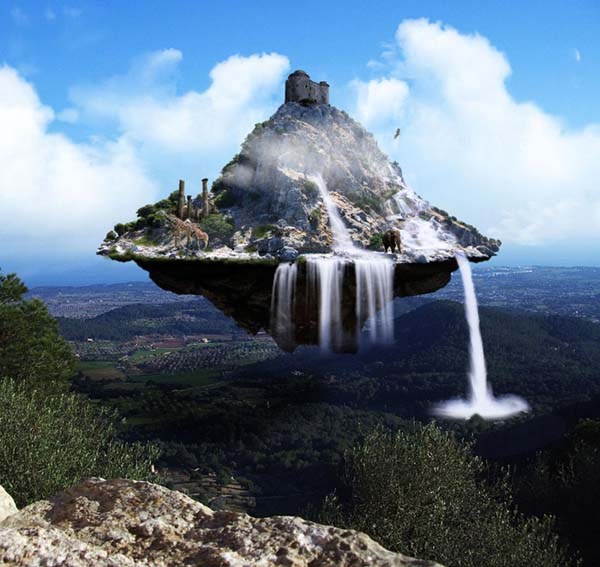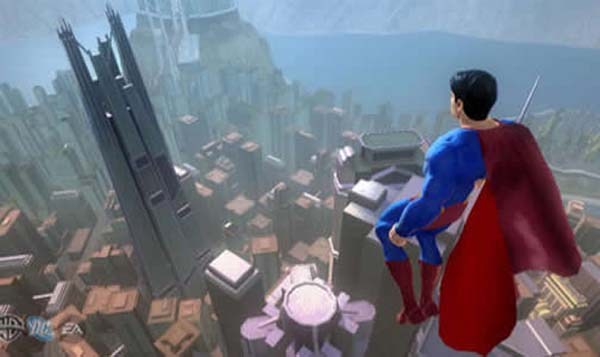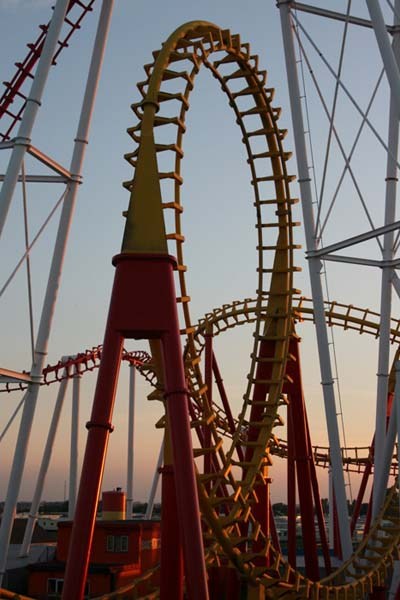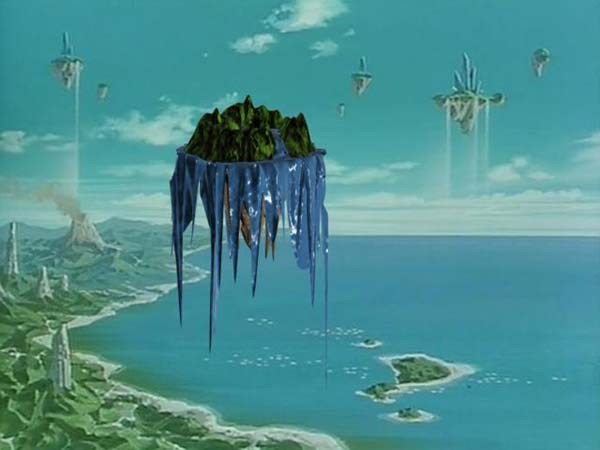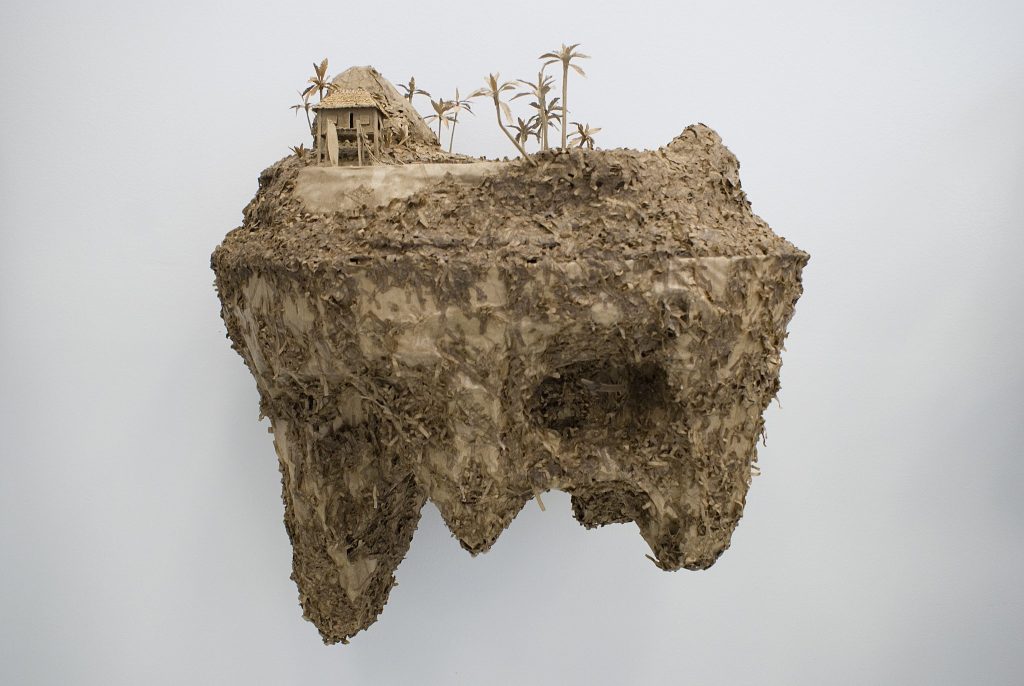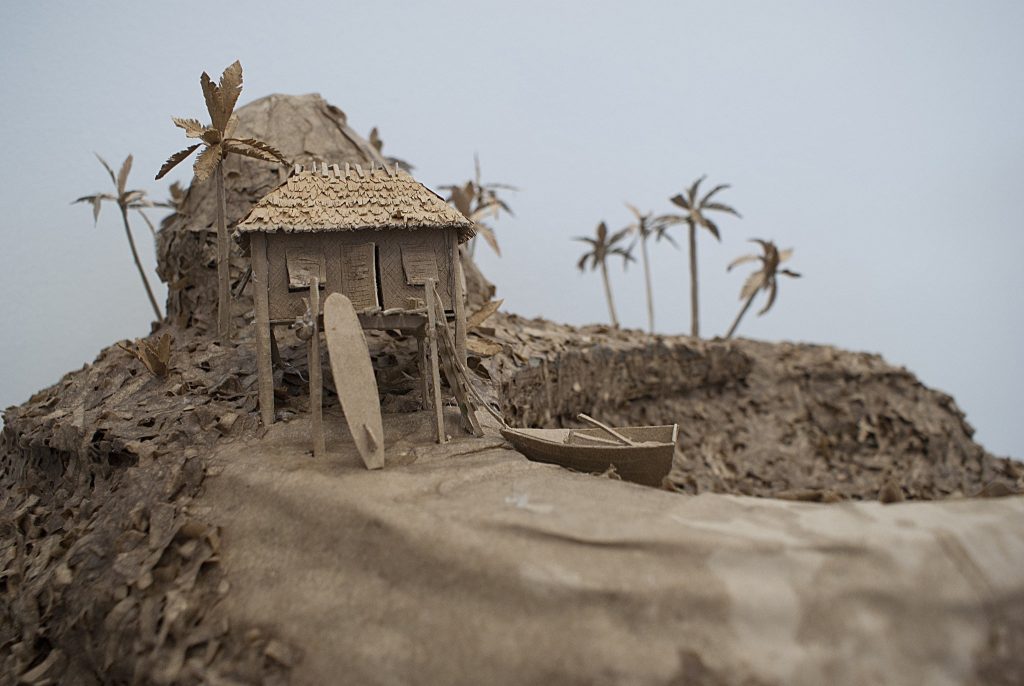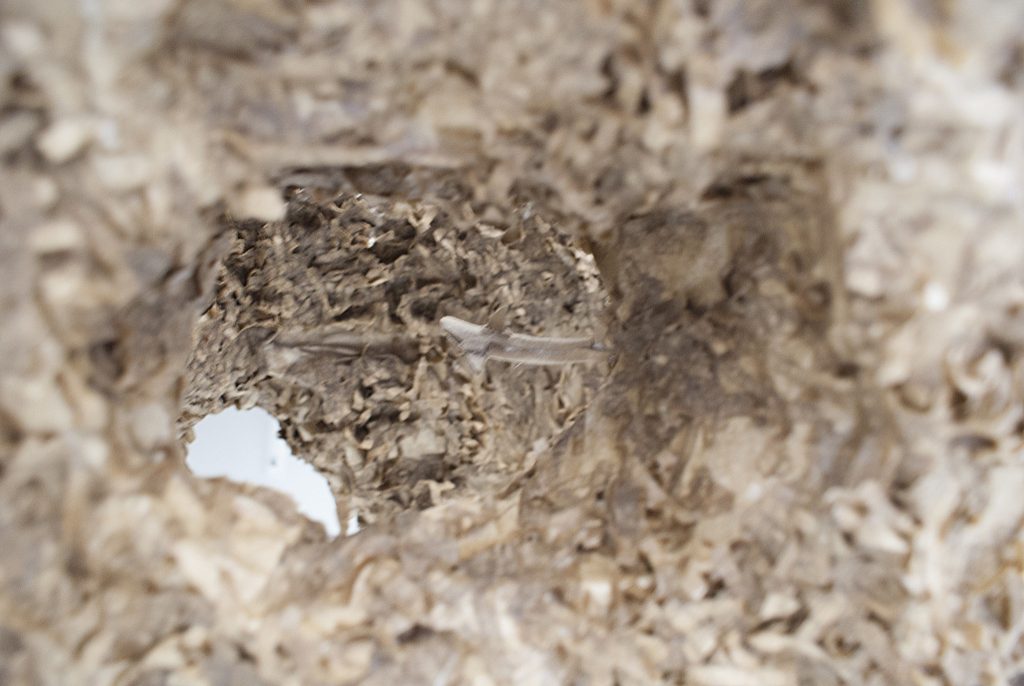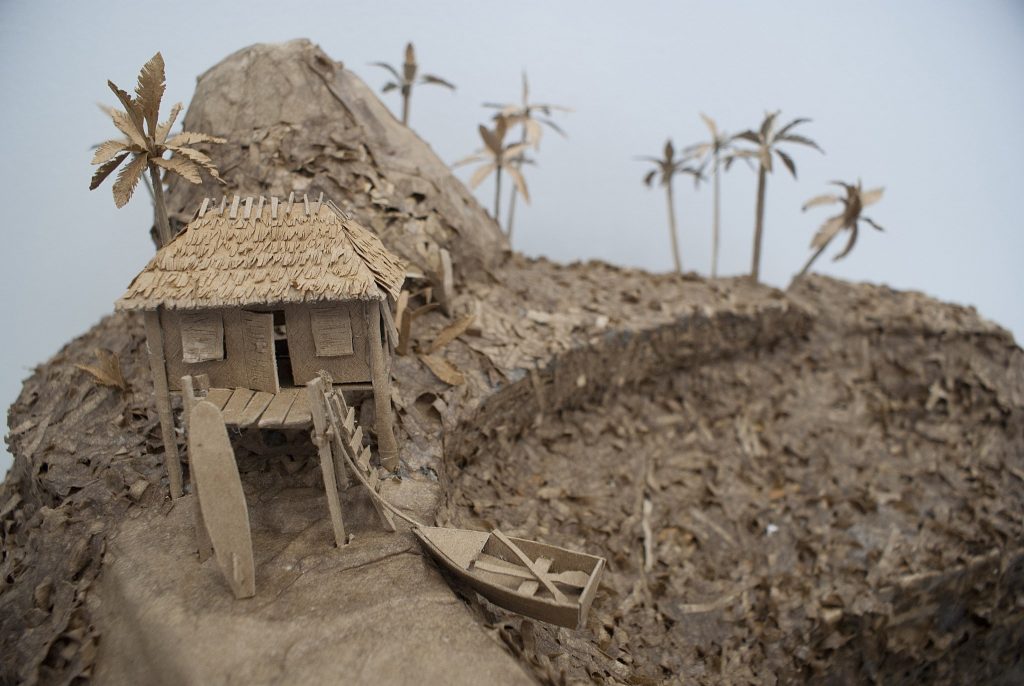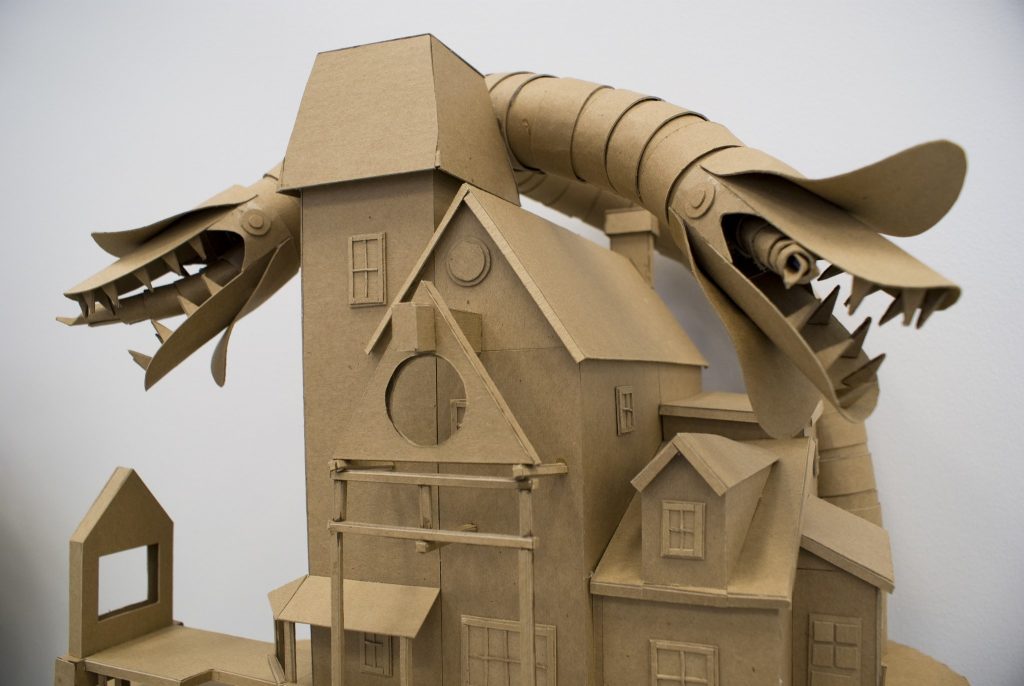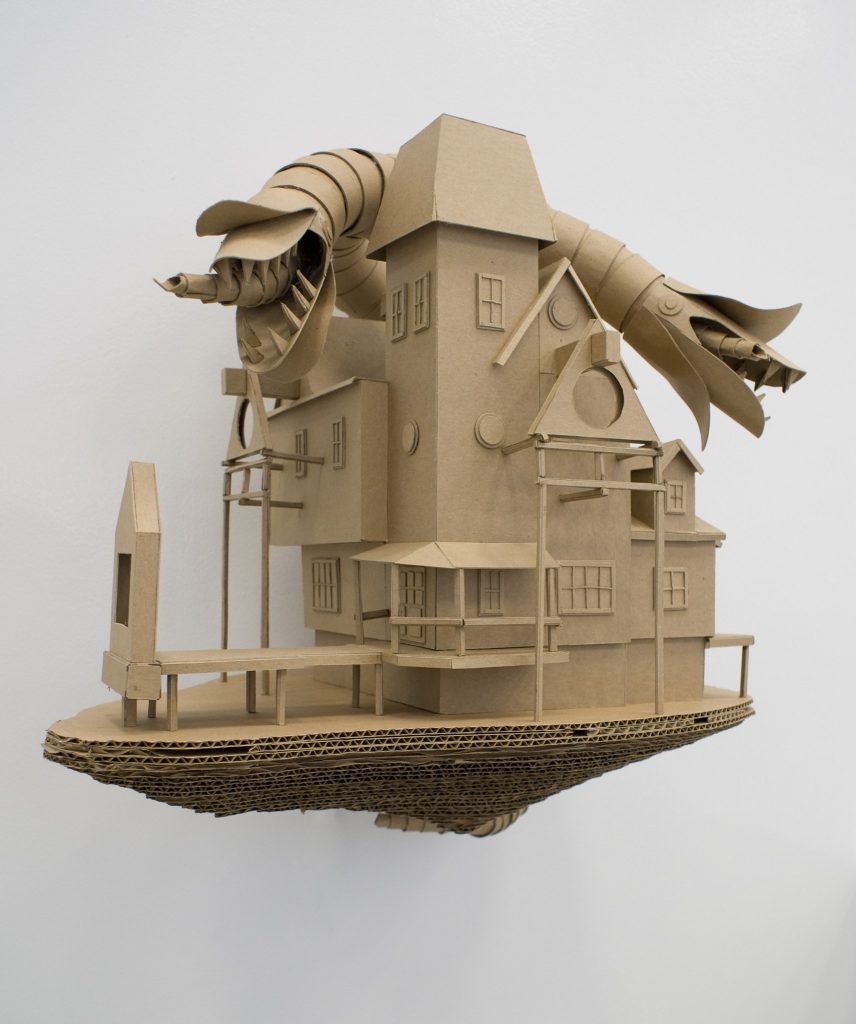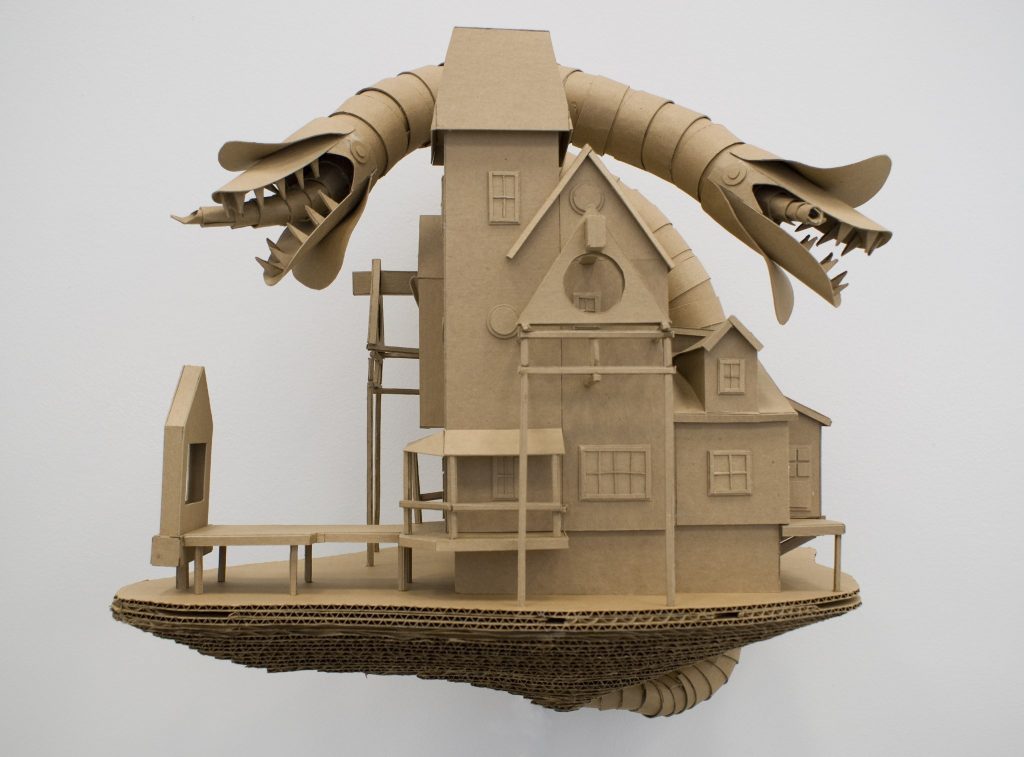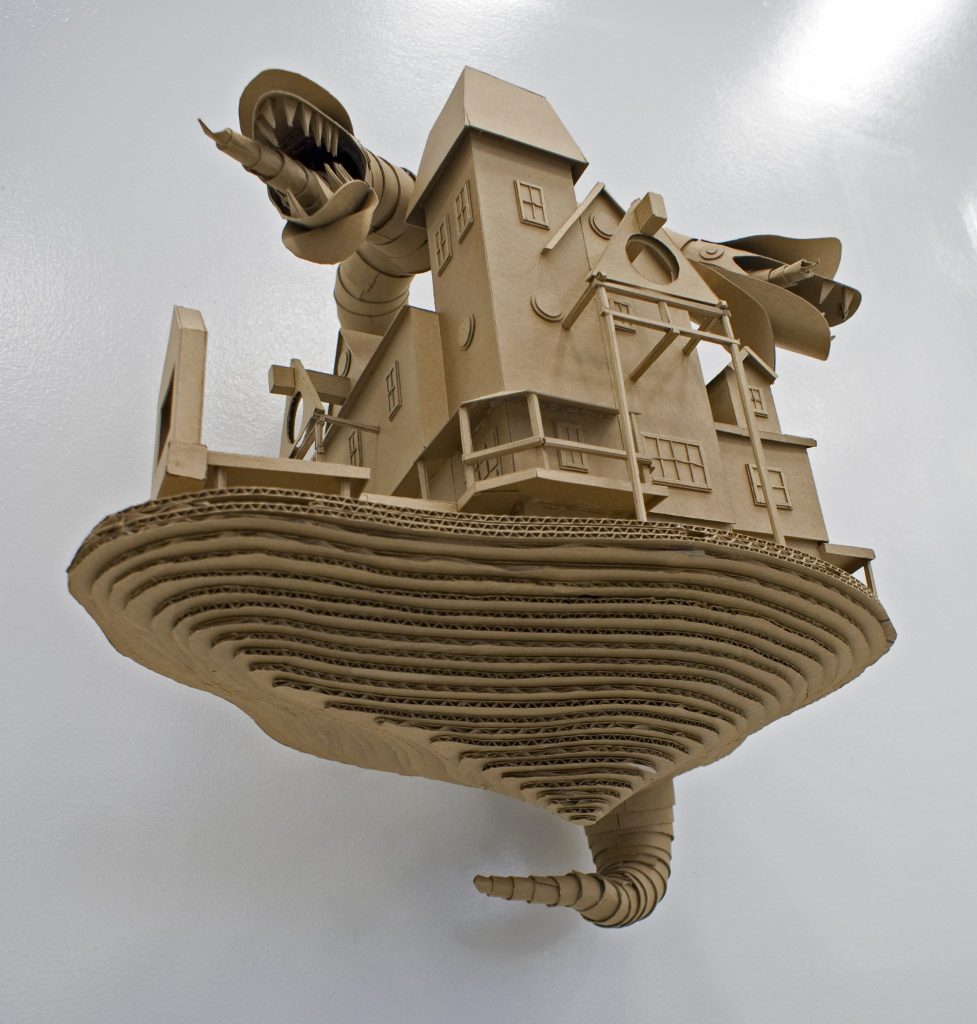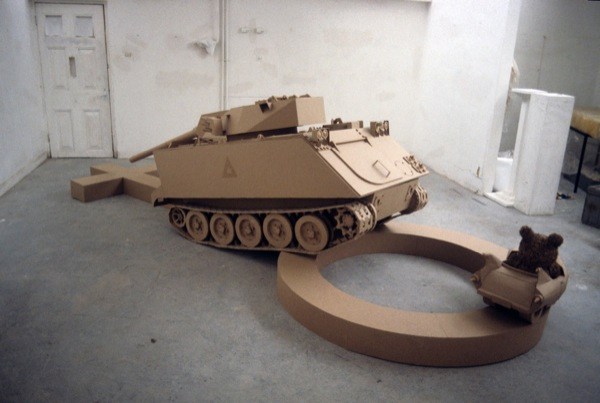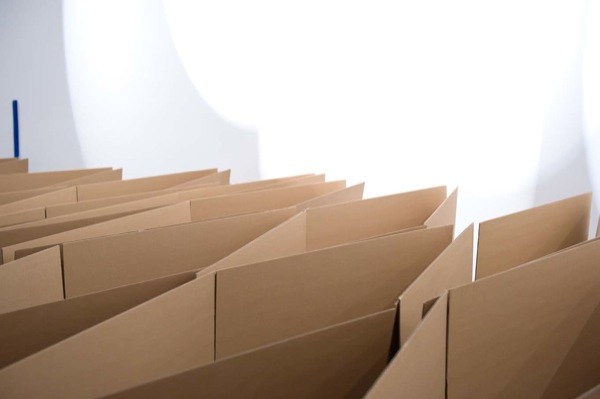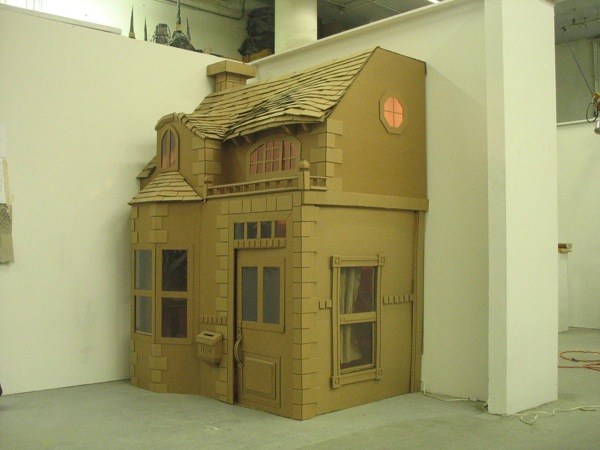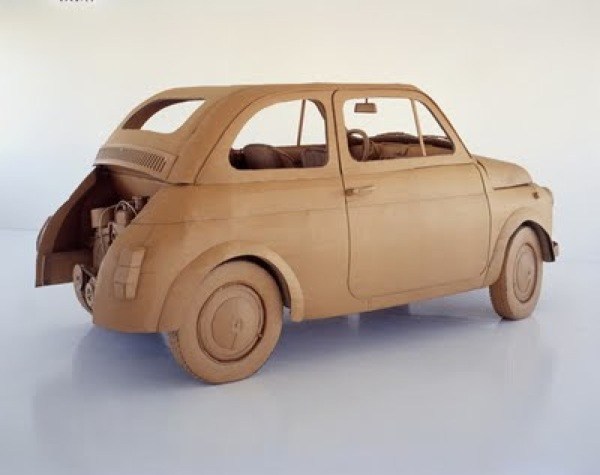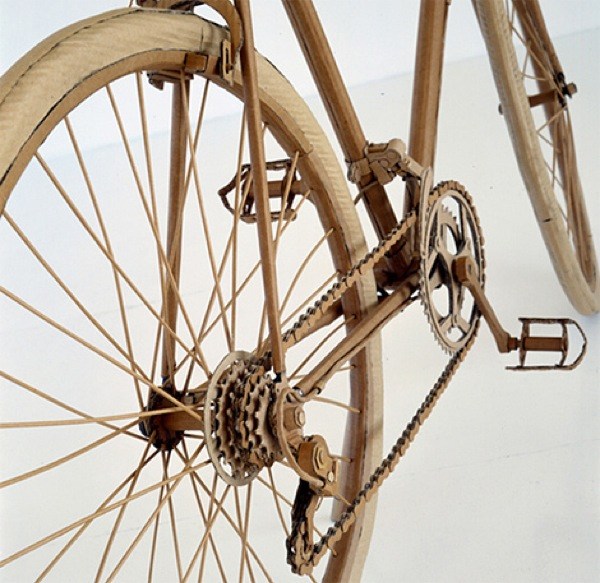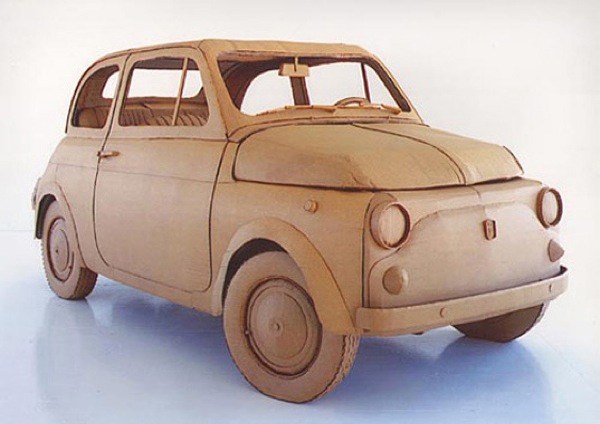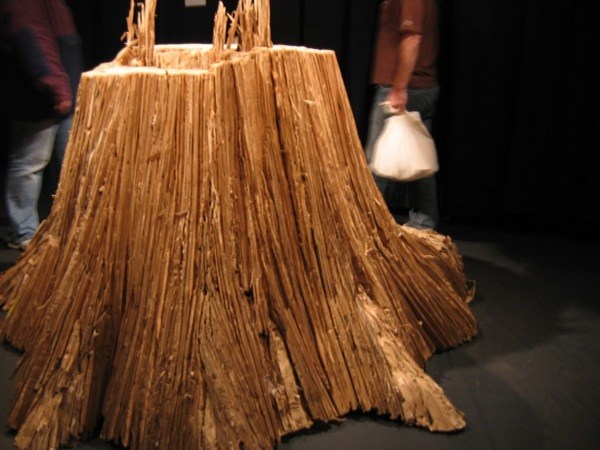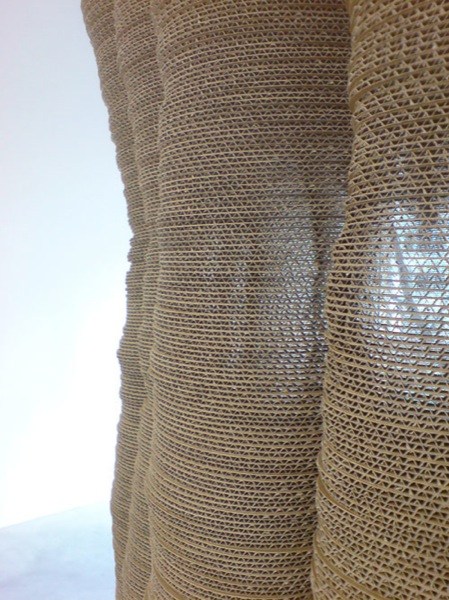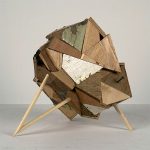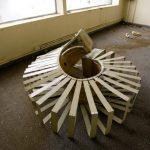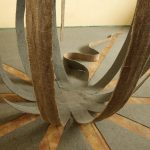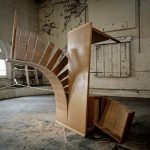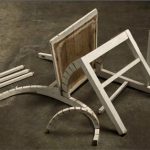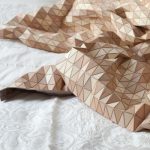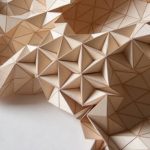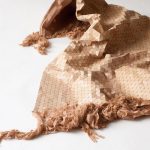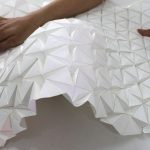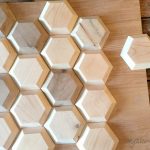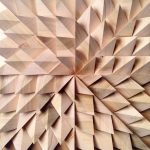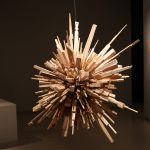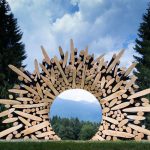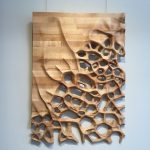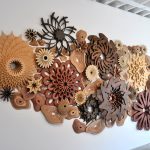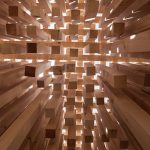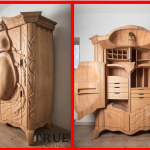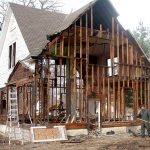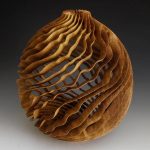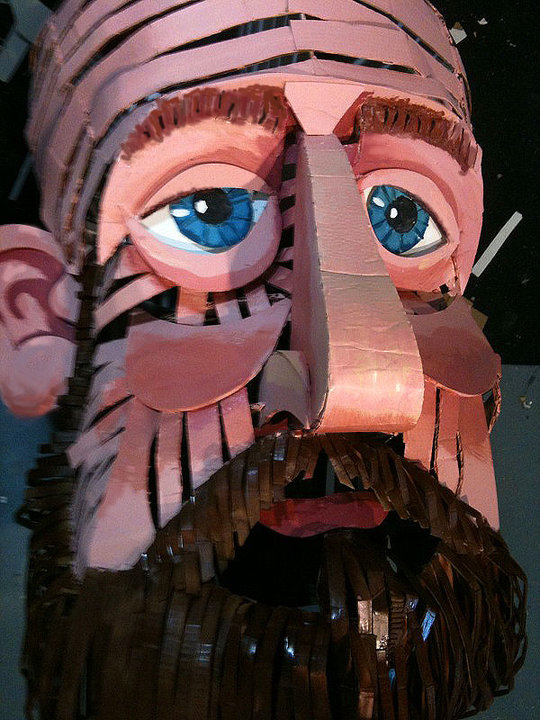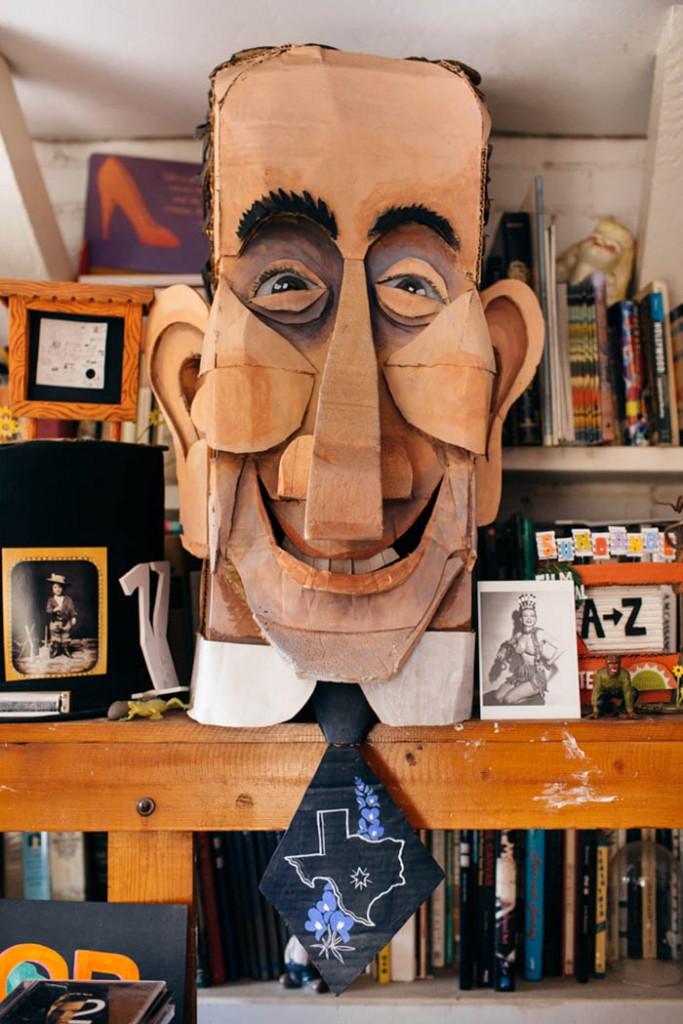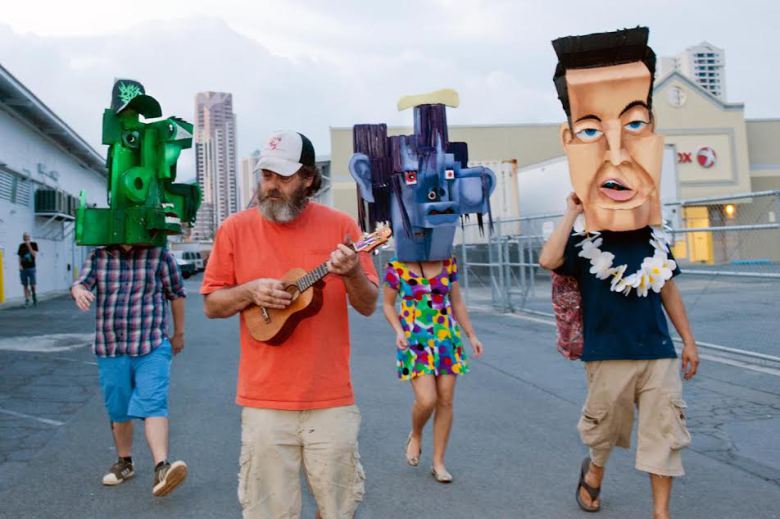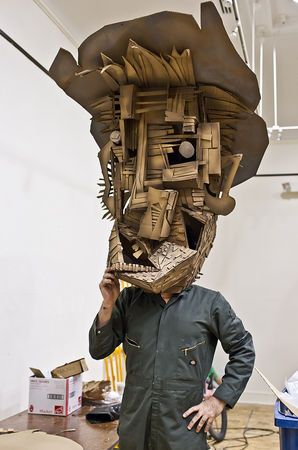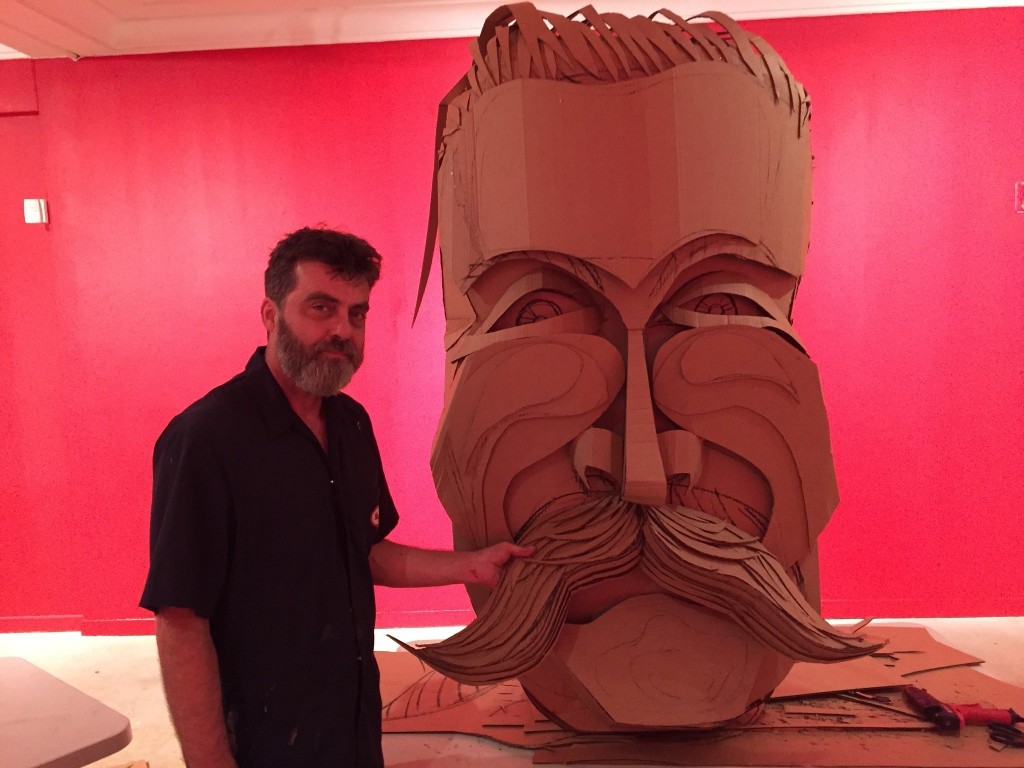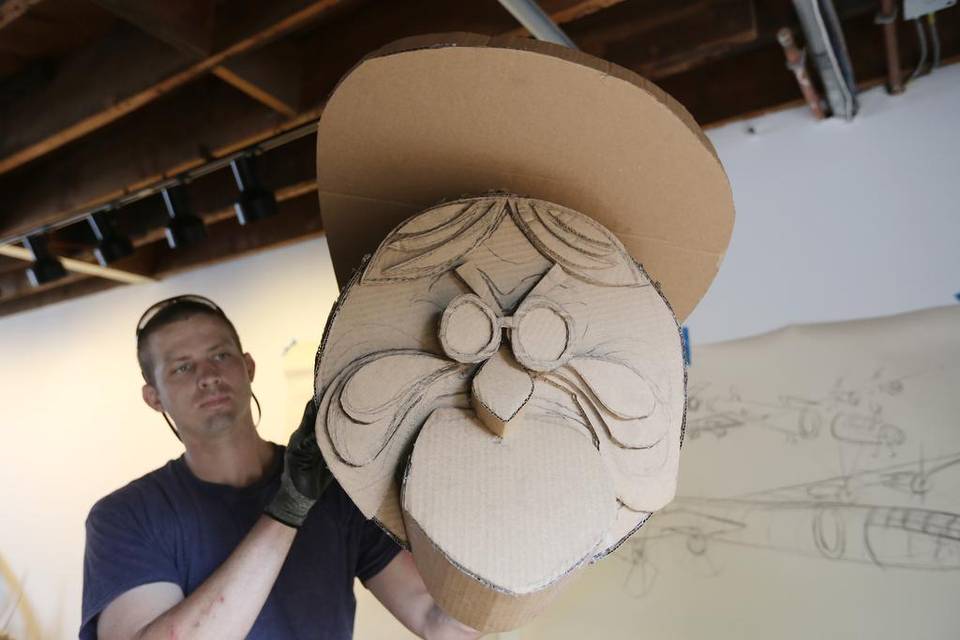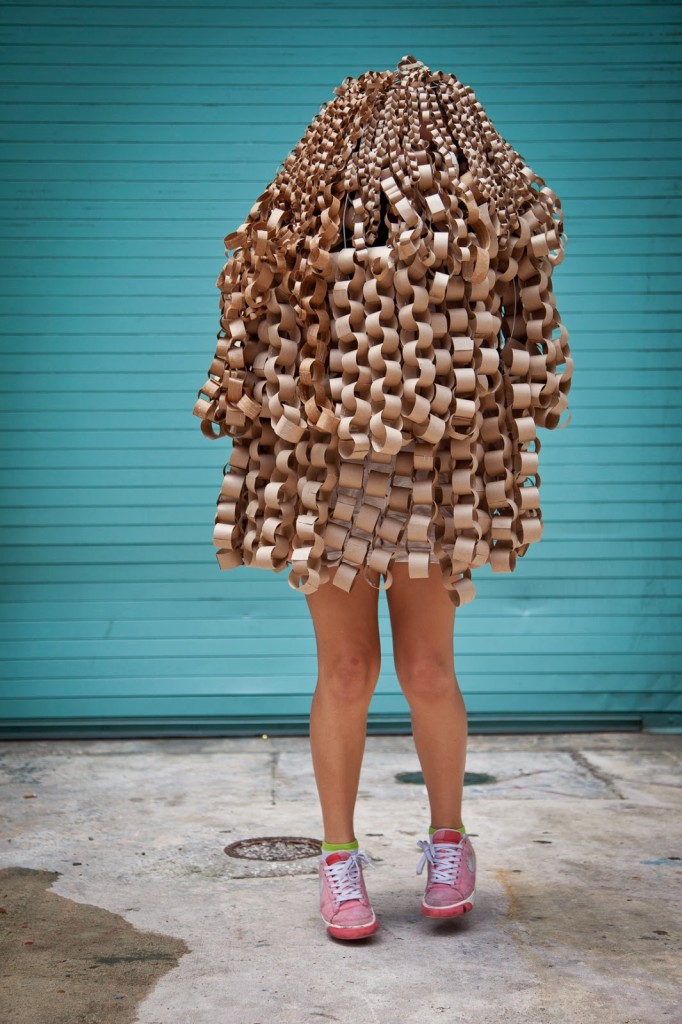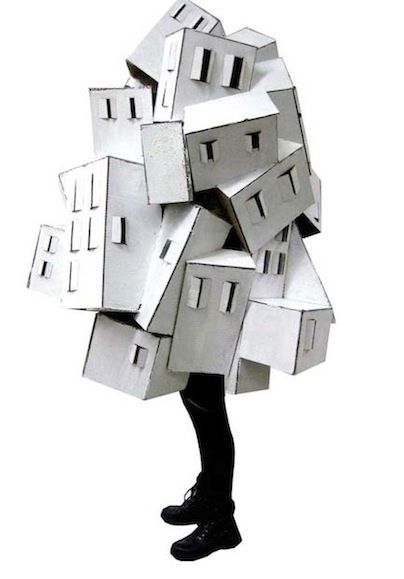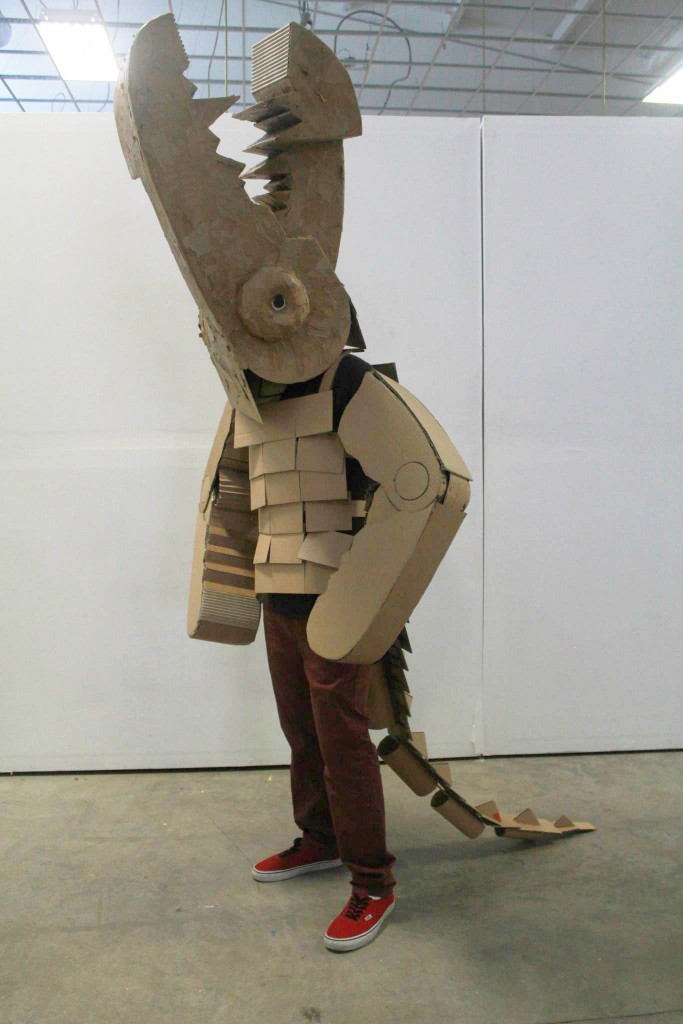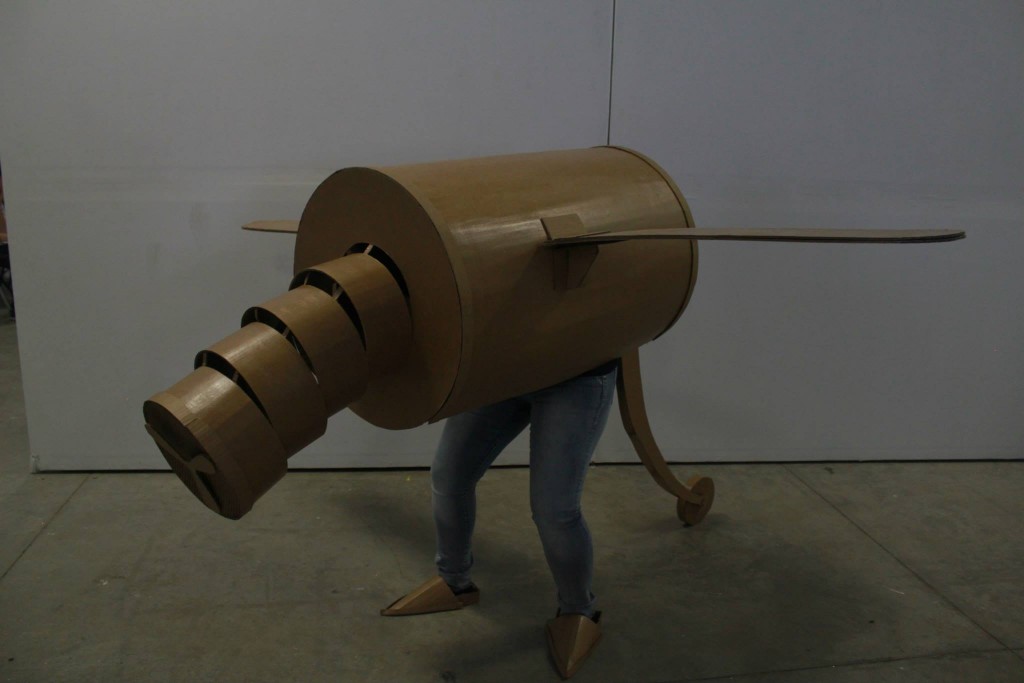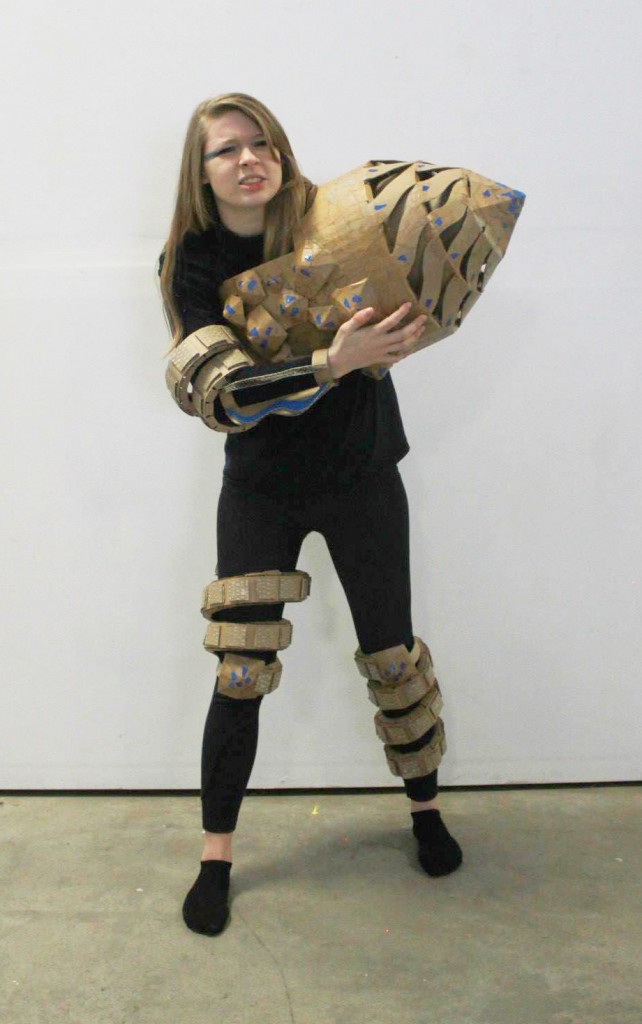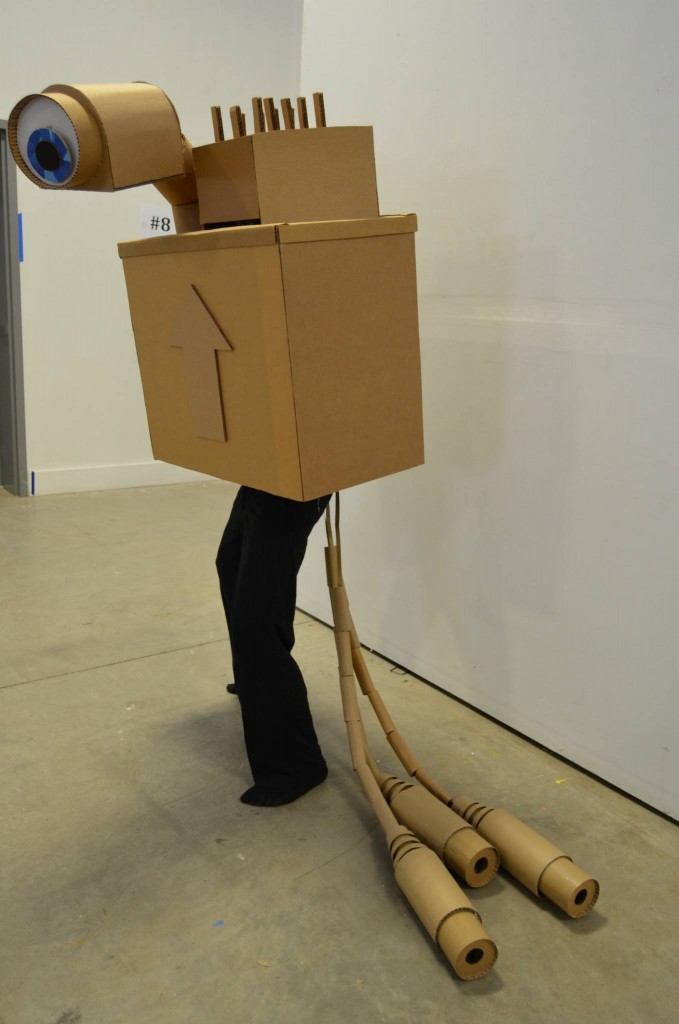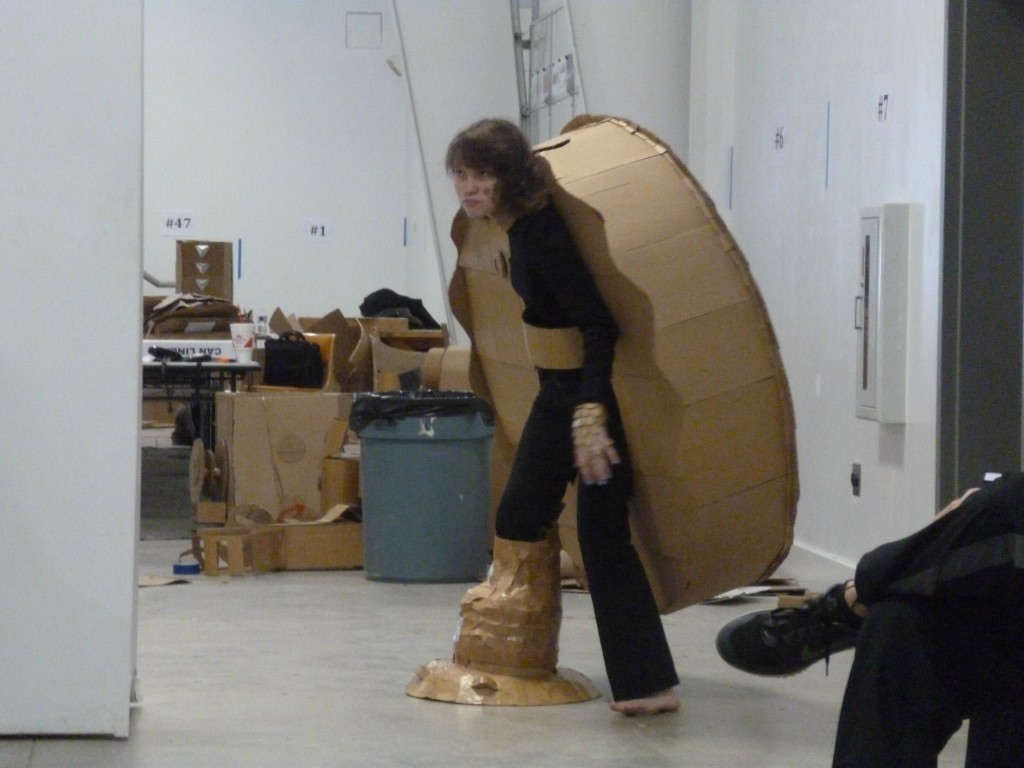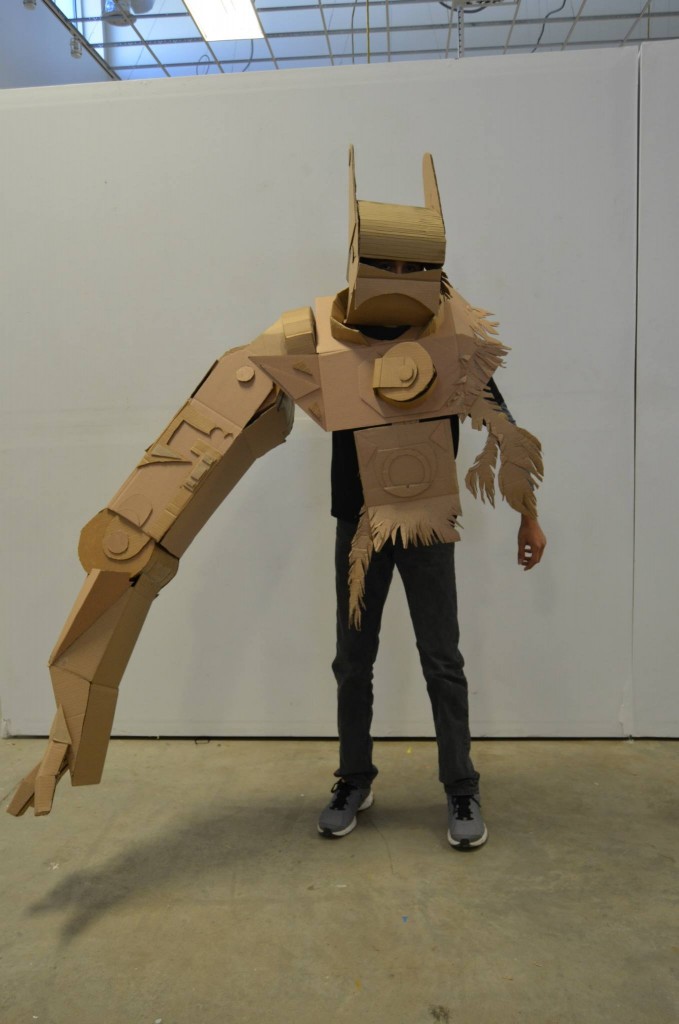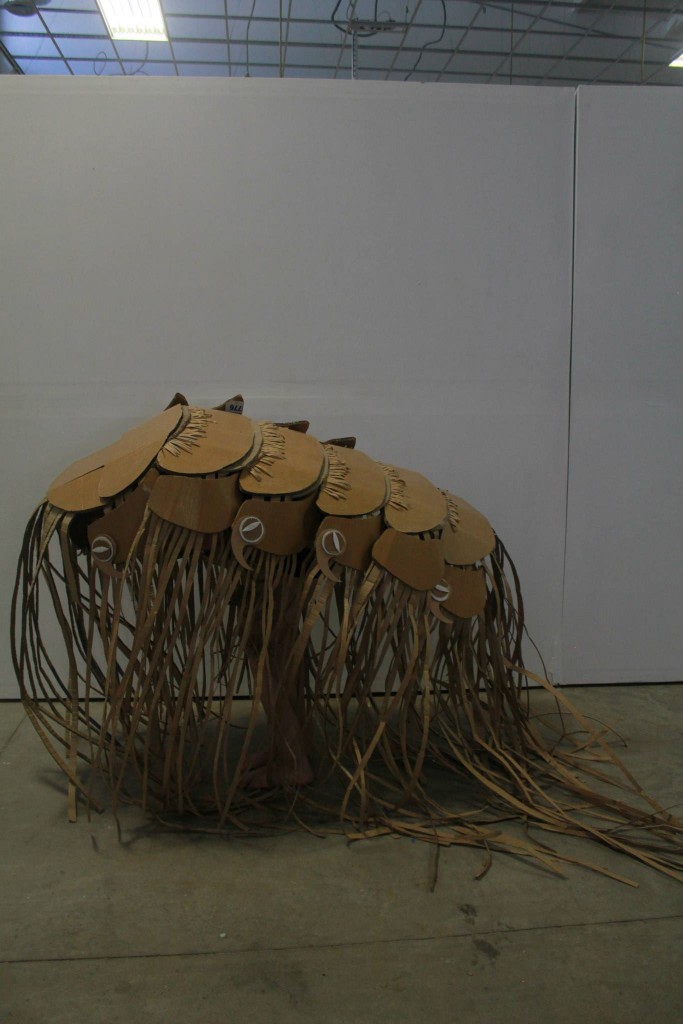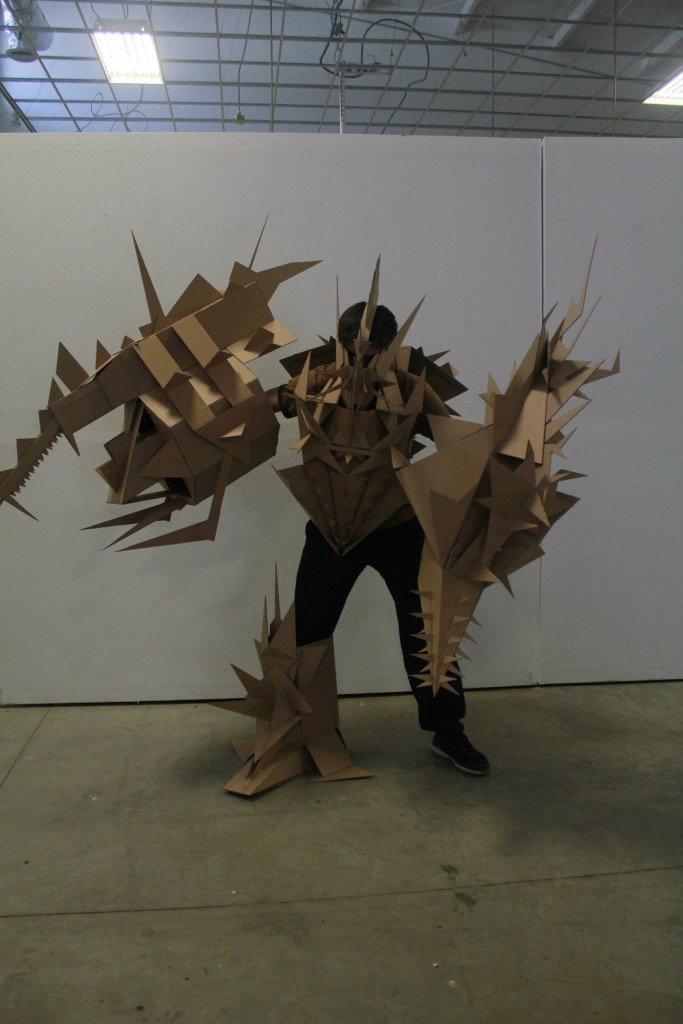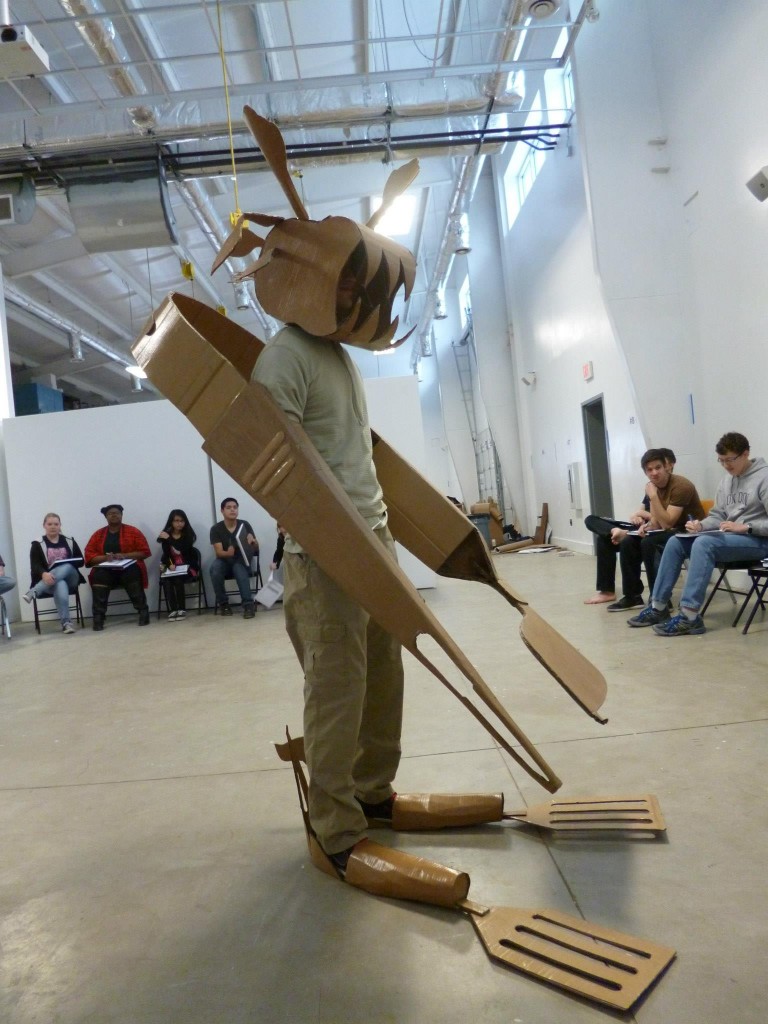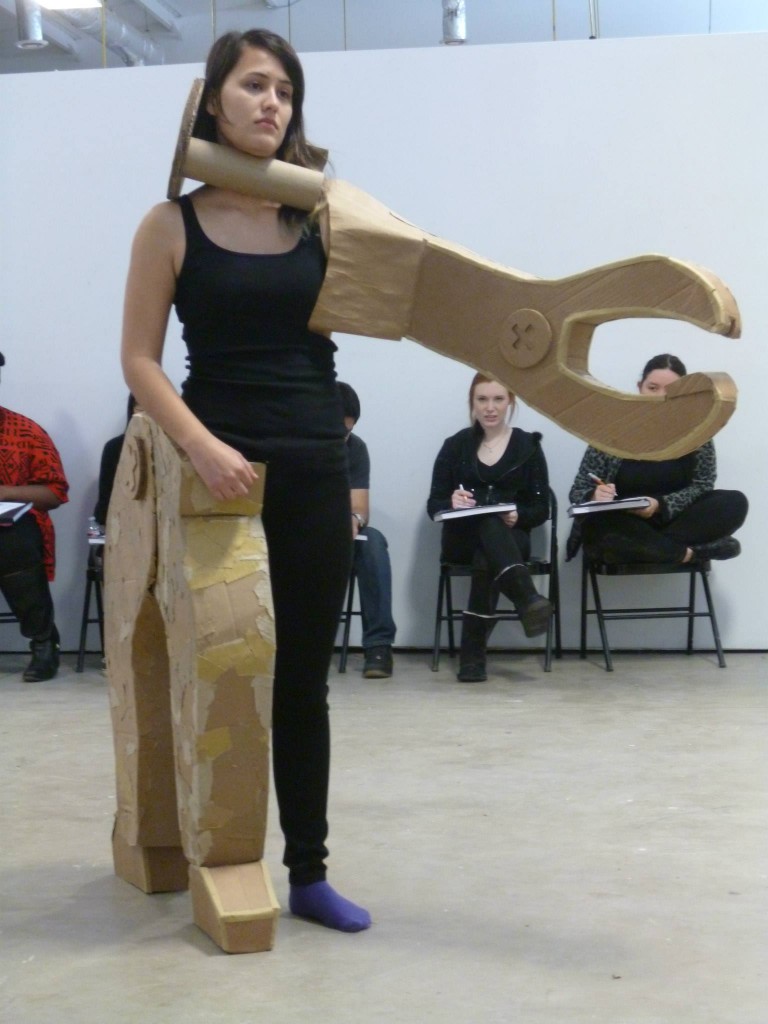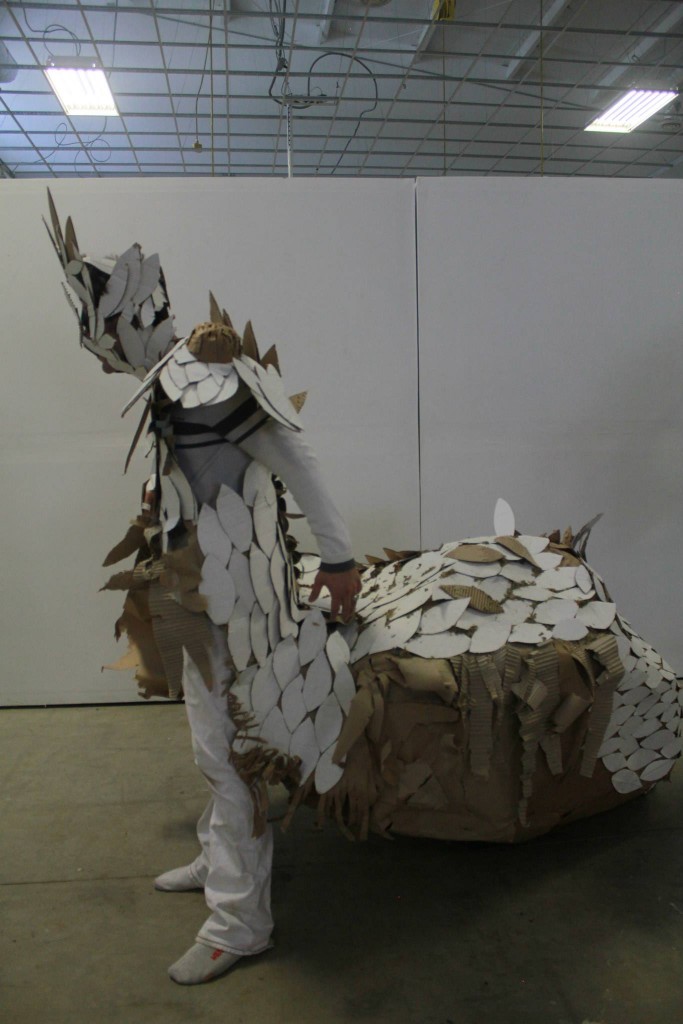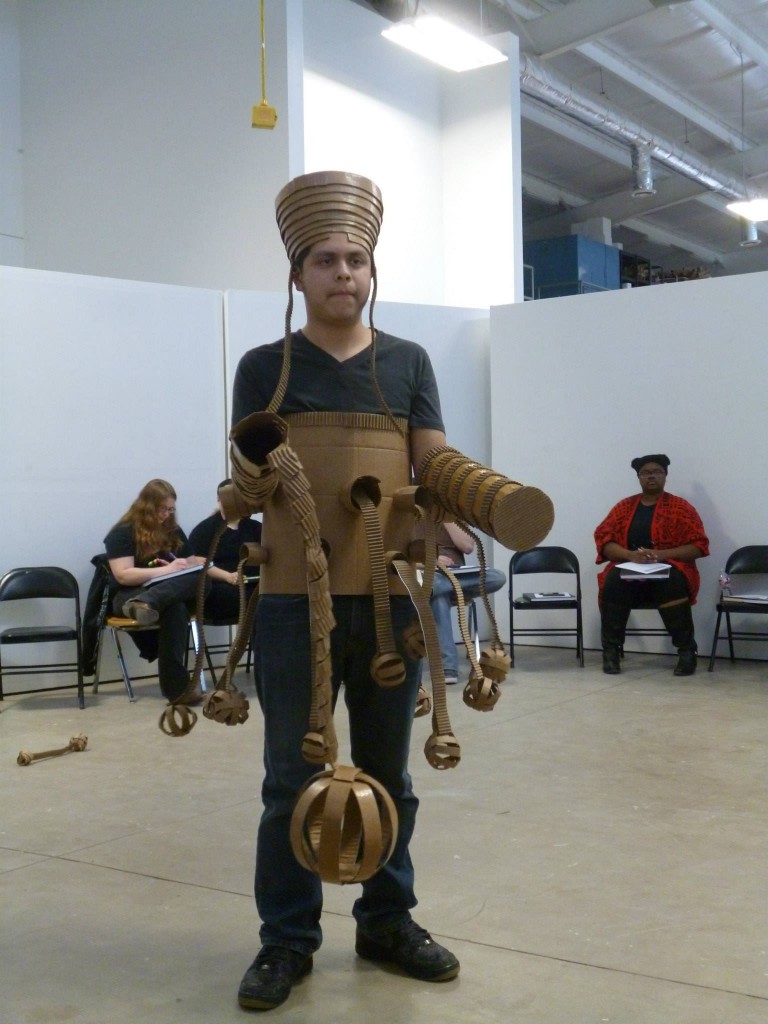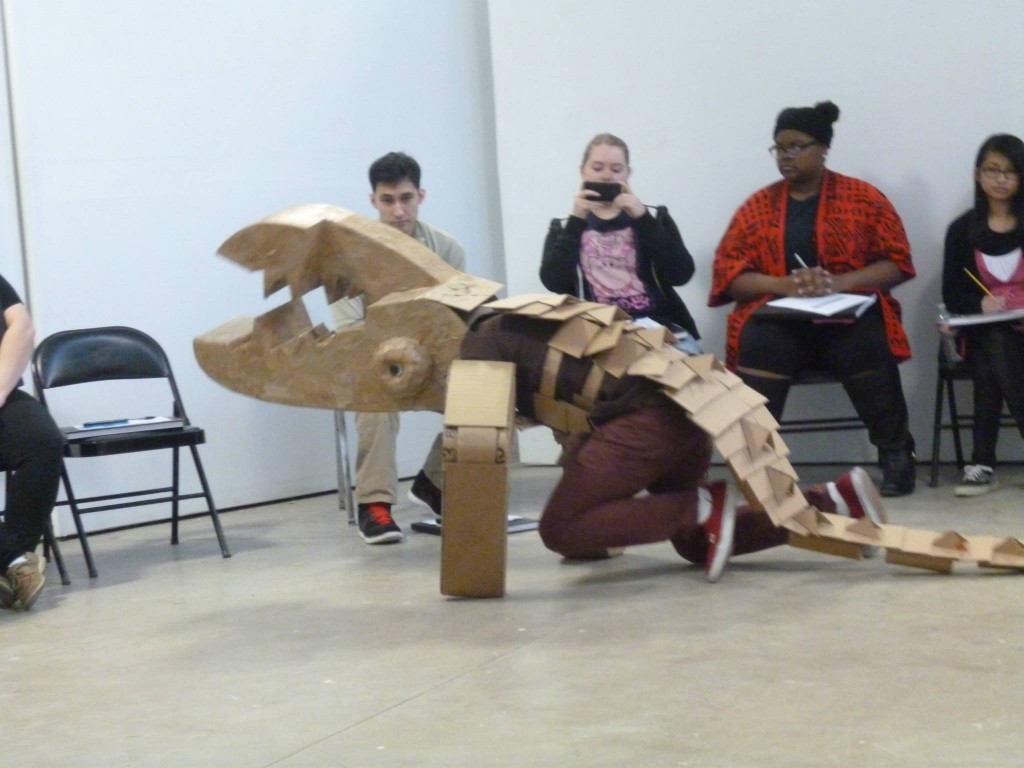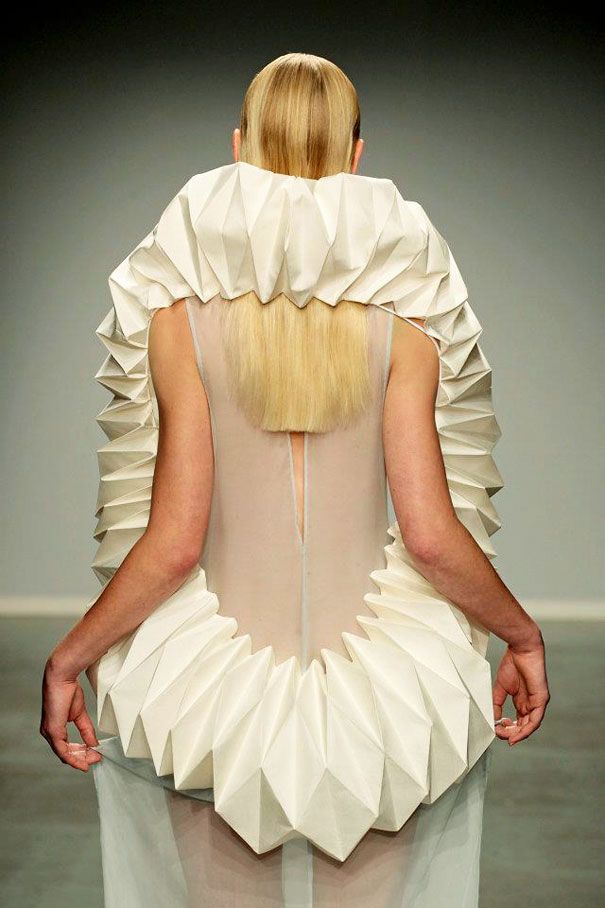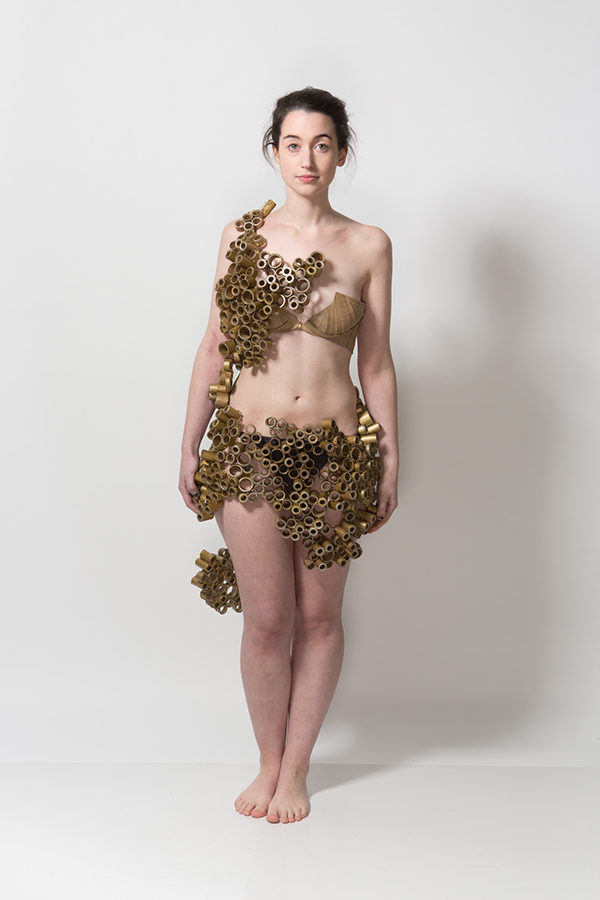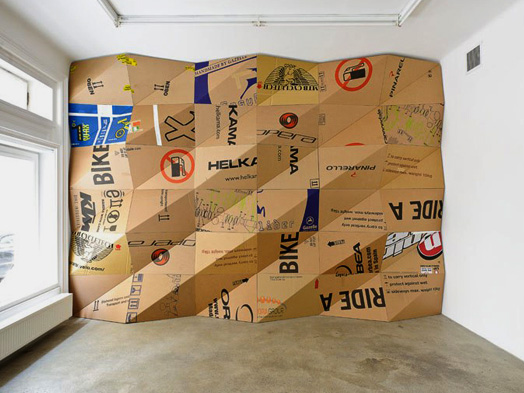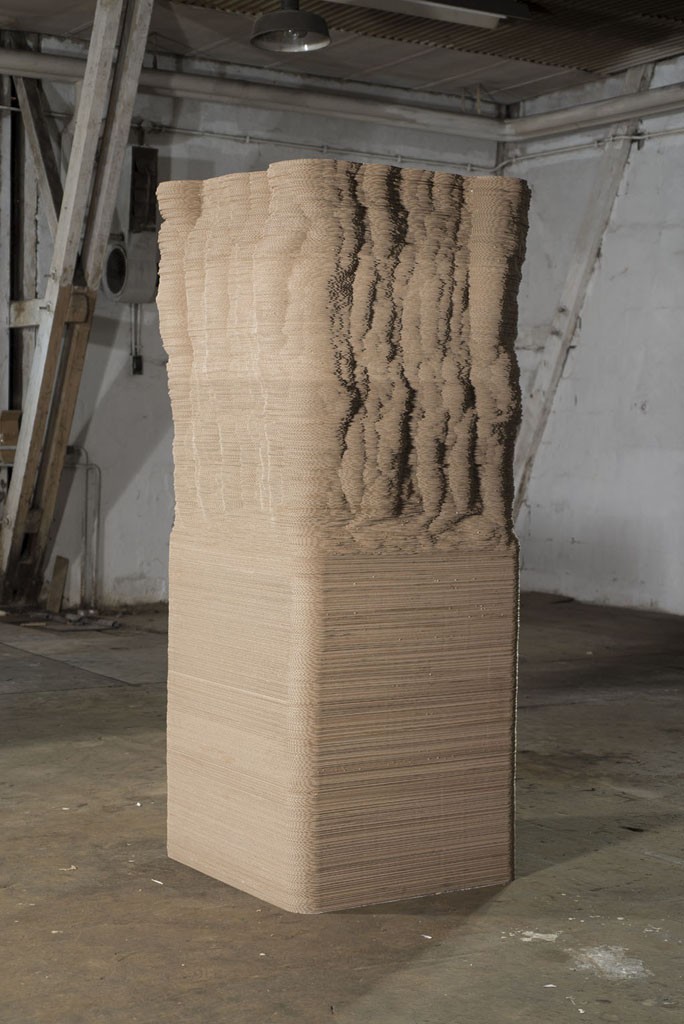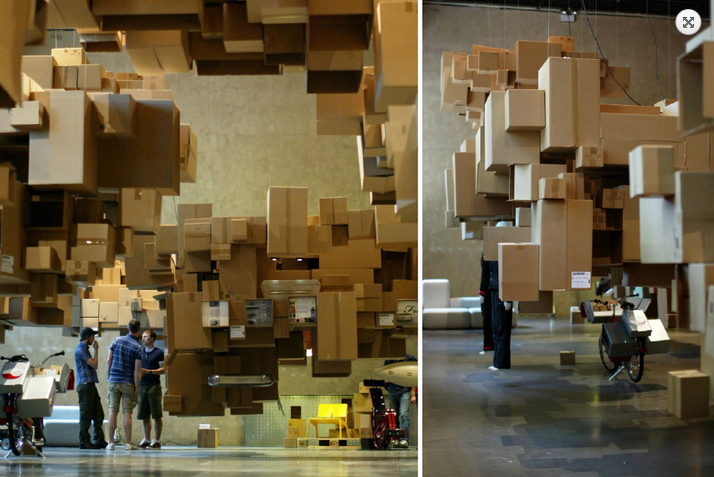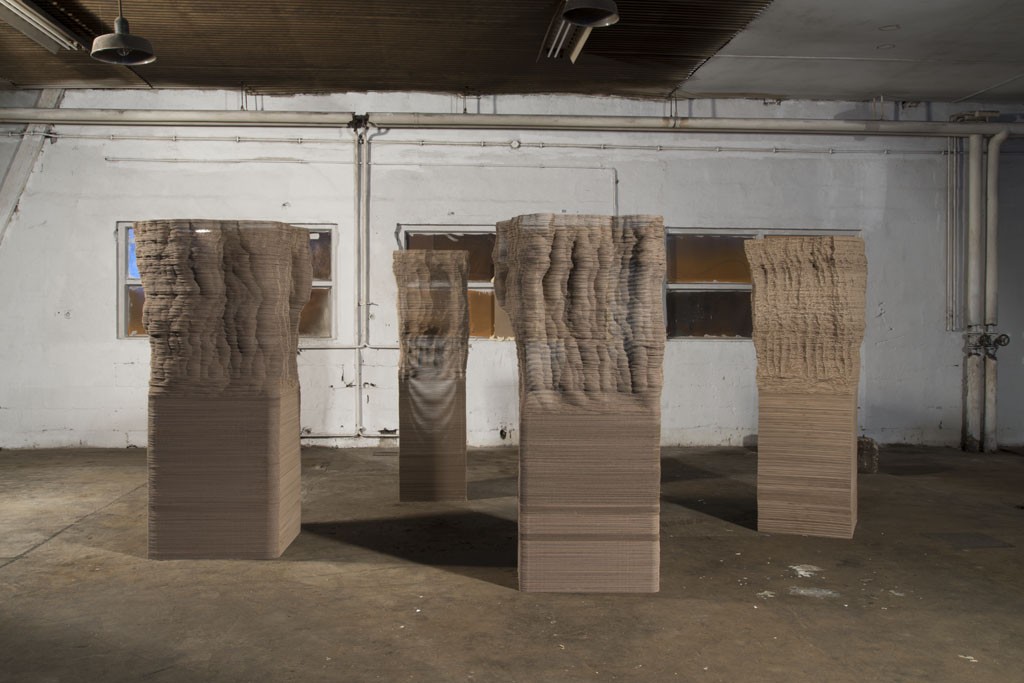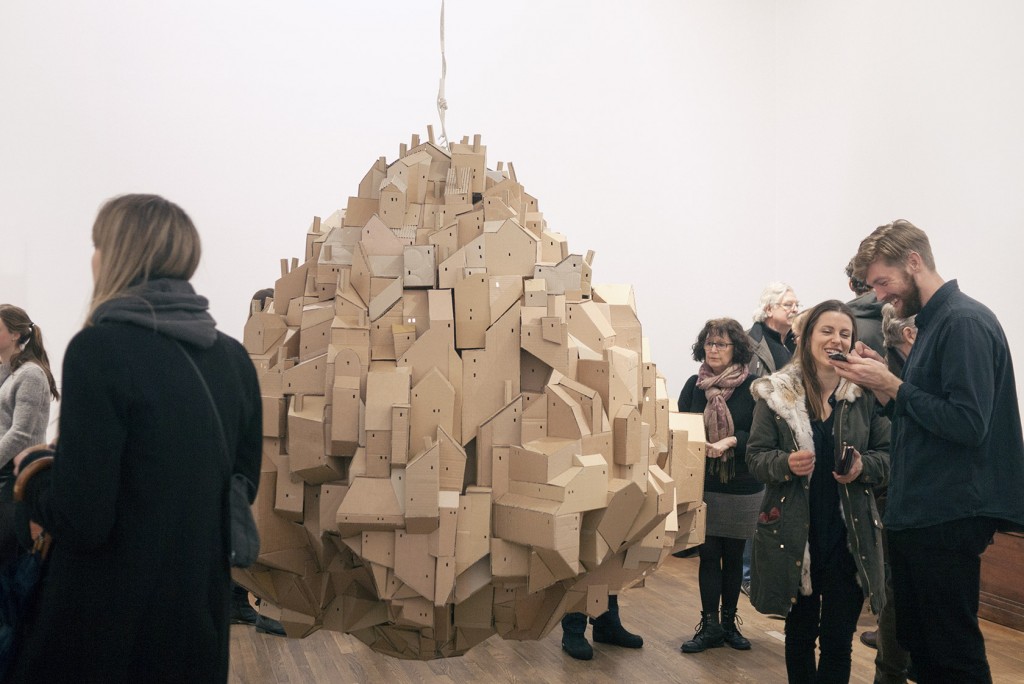
Learning Objectives
Demonstrate an understanding of the visual elements and principles of design.
Demonstrate an understanding of mold making and casting.
Demonstrate an understanding of finishing techniques for cast objects.
Important Terminology
Cast – A reproduction of an original piece of sculpture in any number of casting materials, most commonly plaster, plastic, or bronze.
Catalyst – A substance which changes the rate of a chemical reaction without itself undergoing permanent change in its composition; a substance which markedly speeds up the cure of a compound when added in minor quantity as compared to the amounts of primary reactants.
Curing Time – The period of time for a material to fully cure. Also called demold time.
Demolding – The process of removing a mold from a model or a casting from a mold; by mechanical means, by hand or by the use of compressed air.
Keys – A pin or key used to bring mold halves or sections into alignment on closing or joining together so they will not shift. Usually consists of a depression in one part and a matching protrusion in another part.
Mold – The cavity / form that carries a negative or reverse impression of an original model. Molds can be made of a rigid material, such as plaster or plastic resin or more commonly, a flexible material such as rubber. The material to use should be chosen considering the material of the model, the material to be used to make castings, and whether there are any undercuts.
Parting Line – A mark on a molded piece where the sections of a multi-piece mold have met in closing.
Pot Life – The amount of time that a catalyzed material remains workable (pourable for a liquid or trowelable for paste) after components have been mixed together.
Reinforcement – A strong inert material such as glass fibers, cotton, or burlap that is added into a casting material to increase the strength of the finished product. Some casting materials act mainly as binders for reinforcement. It is the reinforcement that gives strength, hardness, and break resistance.
Release Agent – A spray, liquid or powder used to prevent sticking of molded articles in the cavity.
Undercut – Any indentation or protrusion in a shape that will prevent its withdrawal from a one-piece mold.
Materials
100% silicone (found in tubes at Walmart, Home Depot)
Caulk gun (can be shared)
Large Popsicle sticks
Latex or vinyl gloves (can be shared)
Objects to mold
Paint (If using spray paint, buy Matte)
Oderless paint thinner
Corn Starch
Plastic cups or cheap mixing bowl
Box or bag of plaster (Home Depot)
Vaseline or cooking oil spray
Mini-Assignments
1. Gather all materials required for assignment.
2. Work out at least 15 different combinations of your objects. Make sure to watch the Allan McCollum video below for ideas on how to combine objects. You may draw these out, photograph them, collage them, etc.
3. Practice mold making so that you understand the steps involved.
Readings
Mold Making (PDF)
For additional info, Google “DIY Oogoo” or “Pourable silicone mold oogoo”.
Major Assignment
Choose an object (or small group of objects) that you’d like to “mutate”. Visit the dollar store or Goodwill for some interesting finds. Look for objects with interesting textures and shapes, things that you could combine to create a new object. Don’t worry about the color of the original object.
Once you have your objects, think about how you will combine them and mutate them. Suggested mutation techniques: wrapping, carving, bending, deconstructing, combining, stacking, dissecting, smashing, disfiguring, sanding or wearing away, melting, etc. Anything you do to the object before you make the mold will show up in the mold. Explore ideas in your sketchbook include a variety of shapes, sizes and colors.
You will need to produce at least 5 objects that are either each completely different individual sculptures or that work together to create a large sculpture. You will need to make sure that seams are seamless and that the objects are well painted.
Decide how you will display this object (or group of objects). Consider its scale. Should it be on the floor, hanging on a wall (or sitting on a shelf on the wall), or resting on another object such as a table?
Research















